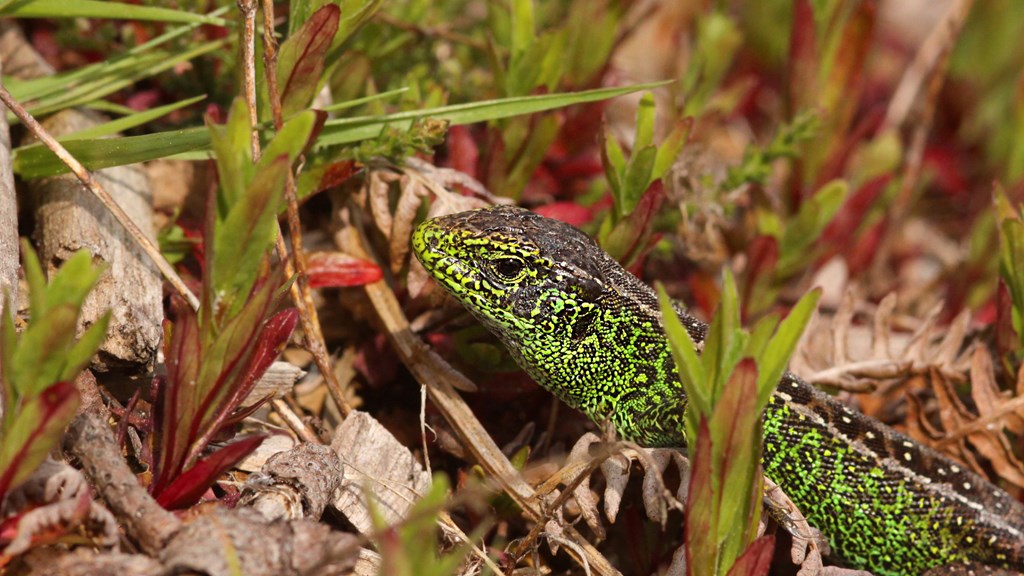
Nature in decline
State of Nature 2023 shows that since careful monitoring of 380 Welsh species began in 1994, the numbers of those species has declined on average by 20%.
Some of the wildlife that has suffered the biggest population losses are the insects, flora and mammals that people may be less familiar with. Well-known species like the Atlantic Salmon and Curlew have also suffered critical declines in Wales.
18% (one in six) of our species is at risk of extinction from Wales, including plants and animals such as Fen Orchid, Water Vole and Sand Lizard.
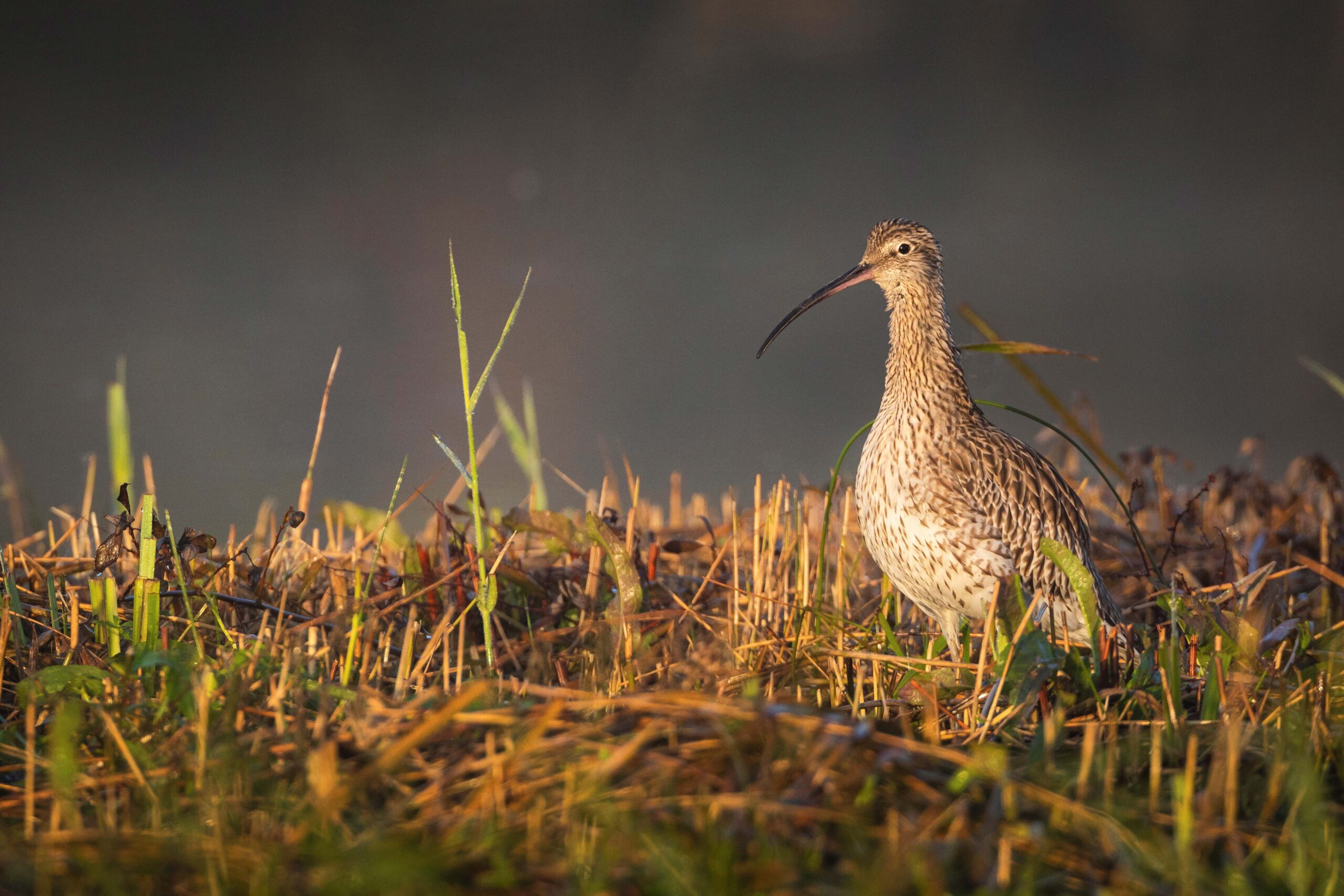
“UNDERSTANDing the state of nature is a vital platform for change, and the starting point for tackling losses.”
The flora of Wales is greatly changing
Since 1970, the distributions of 42% of flowering plant species and 44% of bryophytes (mosses and liverworts) have decreased across Wales, compared to 40% and 46% of flowering plant and bryophyte species respectively that have increased in distribution.
Species found mostly in upland habitats including acid grasslands declined on average, whereas many of the bryophytes which live on other plants are recovering from the effects of previous industrial pollution.
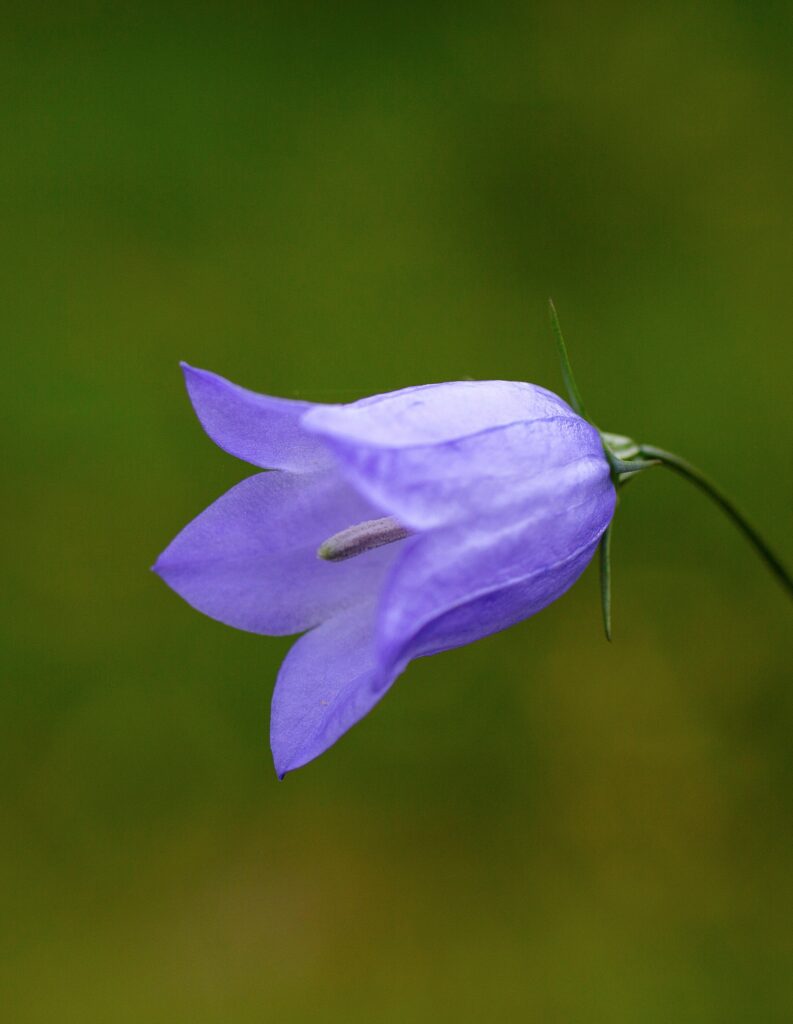

Reasons for decline
The main causes of these declines are clear, as are some of the ways in which we can reduce impacts and help struggling species.
The evidence from the last 50 years shows that on land and in freshwater significant and ongoing changes in the way we manage our land for agriculture, and the effects of climate change, are having the biggest impacts on our wildlife.
At sea, and around our coasts, the main pressures on nature are pollution, climate change, over exploitation (historic fisheries), invasive species and marine development.
Ambitious targets for nature
In recent years there has been growing recognition of the value of nature, including its role in tackling climate change and its benefits to people’s health and wellbeing. The need to protect and restore nature is recognised by the public and policy makers alike.
It is clear that despite some progress to restore ecosystems, save species and move towards nature-friendly land and sea use, Wales’ biodiversity and wider environment continues to decline and degrade.
With each subsequent State of Nature report our monitoring and measuring of these losses improves and refines. Wales has committed to ambitious targets to address nature loss through the new Global Biodiversity Framework.
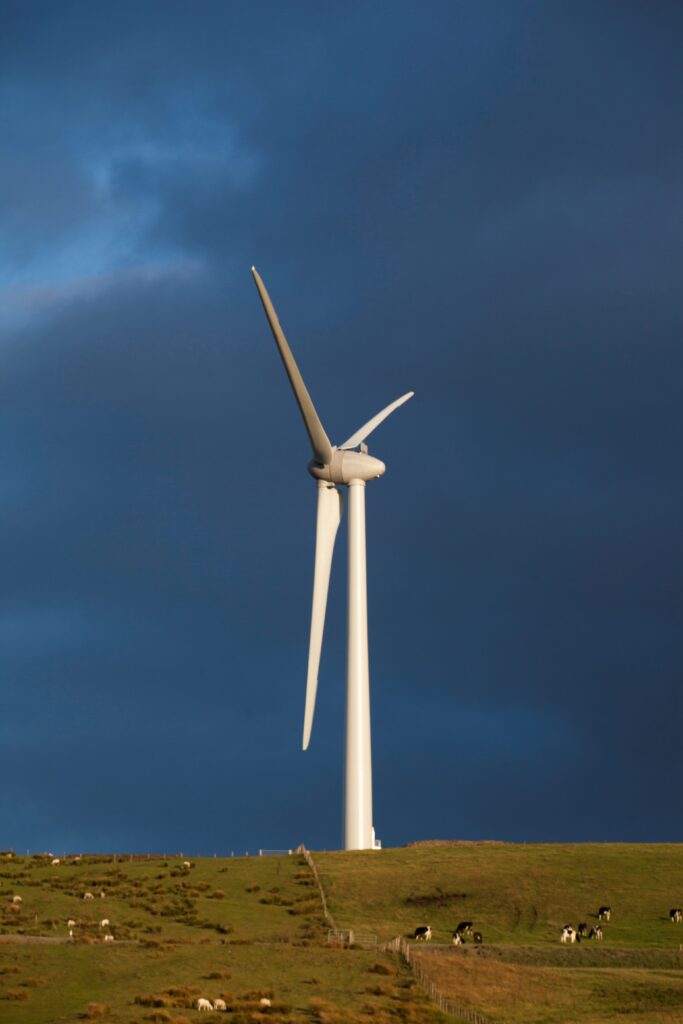
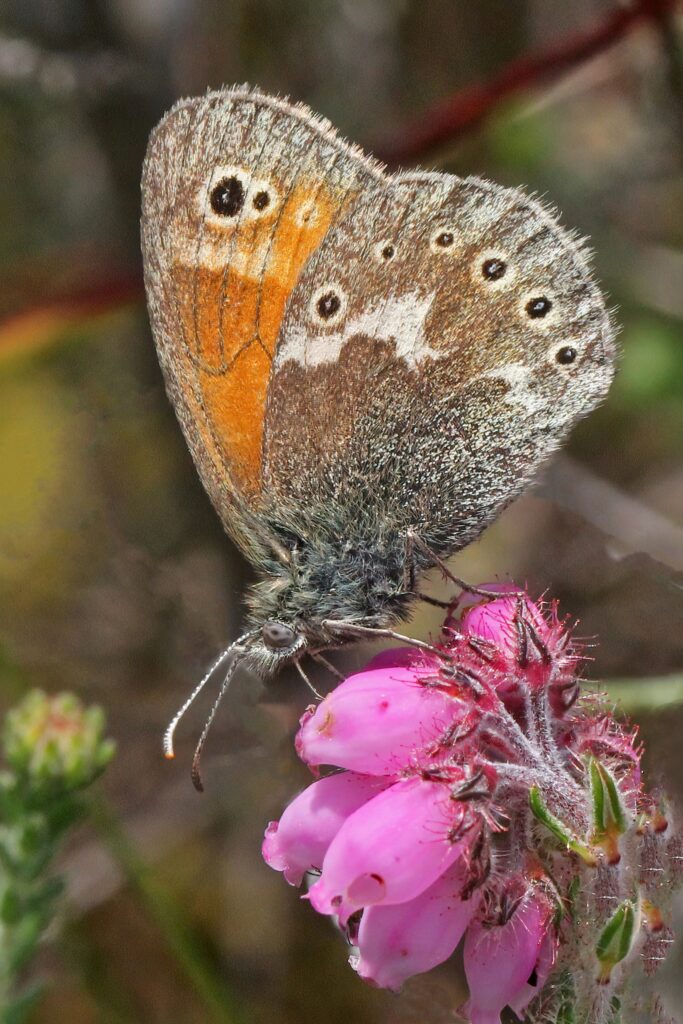
Conservation success
As highlighted in the report, action for nature can make a real difference.
Bats show an average increase of 76% since 1998, primarily driven by large increases in two bat species that are recovering from historic declines thanks to increased protection of the places they live.
Examples of successful species projects in the report include protection of Little Terns in Denbighshire that has enabled the main Welsh breeding colony to become one of the most important in Britain, and peatland restoration in Ceredigion that has maintained the population of Large Heath Butterflies.
Explore all countries
There are ways you can help nature
Producing the State of Nature report was only possible due to thousands of volunteers giving up their time to help record and monitor wildlife. There are a number of schemes which need more help.
You can count wildlife with these organisations:
State of Nature partners welcome volunteers to help with a wide range of tasks from managing nature reserves to answering the phone. Whatever your skills, you could help nature by volunteering your time and support.
Volunteers are always welcome with the organisations below:
From bats to butterflies, nature needs your help. Manage your space for wildlife, whether it’s in your garden, house, window box, school or office you can help nature thrive.
These are some of the organisations with great ideas for your green space:
From protecting important sites for wildlife to defending the laws that protect nature you can make your views count.


















